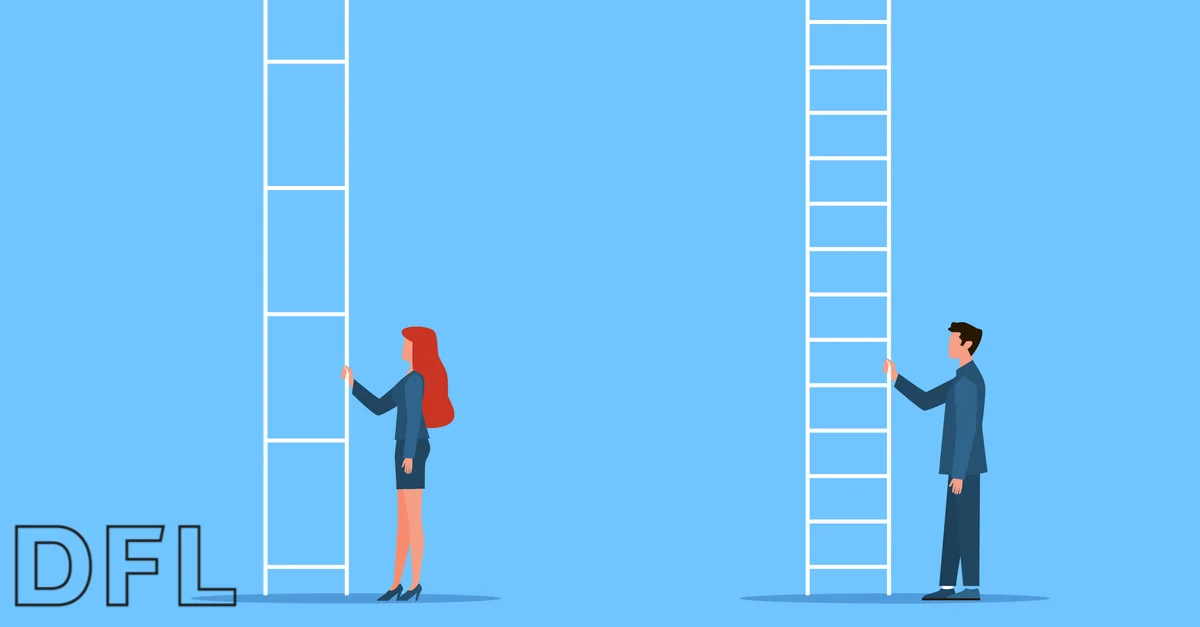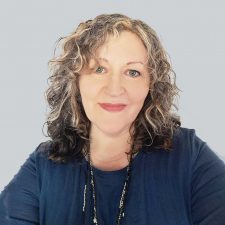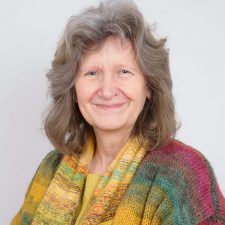Since Frederick Albert Winsor demonstrated the first gas public streetlight in 1807, the lighting industry has been seen as a predominantly, white male career choice.
Equality for women continues to a hot topic and while companies are doing more, and we are seeing more women get promoted, there is still a lot to be done. Here, the focus is not on inequality, but inclusivity and how working together, regardless of gender, brings huge benefits to the industry as a whole.
First, some Context
Fighting for the right to earn, and keep, a wage isn’t something that women now have to think about, but despite being in the workplace for thousands of years, women couldn’t access the same jobs as men, much less the same pay.
Astonishingly, its only during the past 50 years that women have only been able to earn their own independence, stepping away from their dependence on men.
In the past, society has stated that being confident, taking risks and being open, honest and blunt about ability was a sphere mostly reserved for boys.
The impact of this has seen women at the back of the queue when it comes to putting themselves forward, which creates confidence issues, self-limiting beliefs and that horrible burden, imposter syndrome.
However, with companies doing more, women are finally being allowed through those hallowed doors of promotion, equal working rights and breaking free from the norms often dictated by society.
SETTING THE STANDARD
Women have been pushing the boundaries to deliver exciting designs in the industry for many years but in order to encourage the next generation into the world of lighting, we as an industry have to do more to inspire, encourage and support.
Here at DFL, we pride ourselves on our working environment and thought we’d introduce one of the team whose no-nonsense approach has carried her far.
Meet, Senior Lighting Designer, who loves how ‘lighting can manipulate how we perceive the world around us in so many ways, either deliberately or accidently.’
Kelly ended up in the lighting industry because she misheard a recruitment agent, believing that she was attending an interview for Airbus, when it was in fact, Urbis. She had completed an Aeronautical Engineering degree at university and realisation dawned while having the telephone interview.
Thankfully, Kelly decided to give it a go. ‘I have learned just how important light is to our health both physical and mental,’ she explained, ‘so it’s kept my interest for over 20 years.’
WOMEN IN LIGHTING NOMINEE
Kelly has recently been nominated for a Women in Lighting Award in the Engineering category – a nomination well deserved by this wonderfully humble, yet exceptionally talented designer.
THE EXPECTATIONS OF OTHERS
Kelly hasn’t encountered many barriers along her career path, but that, she believes is because she is ‘professional from the very start,’ and has found the men she has worked with, ‘more protective than antagonistic.’
Despite not personally encountering this, Kelly knows of several women who have shared their experiences with her and how some men had assumed that they would engage in flirting, to get ahead in their career.
It can be ‘the expectations of others, both sexes,’ Kelly told us, ‘that means some women will wear shorter skirts than they feel comfortable with, crippling high heels or a lot of makeup that irritates their skin – we are workers, not ornaments!’
LAW SOCIETY DEEMED WOMEN NOT PEOPLE!
Jaw-droppingly, in 1913, the Court of Appeal agreed with the Law Society’s decision that women were not ‘people’ as defined in the Solicitors Act of 1843 and refused them access to the Law Society examinations. Following the Sex Disqualification Act of 1919 – six years later – women were finally acknowledged as ‘people.’
Thankfully, those barriers are well and truly behind us now with women making up approximately 50% of the lighting design profession, where they are most definitely deemed ‘people!’
WHAT’S NEXT?
It would be easy to take our foot of the gas – to think that enough is being done, but we can’t stop now. Bringing people from all walks of like into the lighting industry can only make it better. Diversity encourages the imagination, makes people tick, while introducing experience, knowledge and personalities into the mix. To create a more interesting dynamic for the future we need to go beyond the obvious.
Starting in our schools, lets educate children about the possibilities of lighting and literally spark their imagination to encourage them into our industry.























